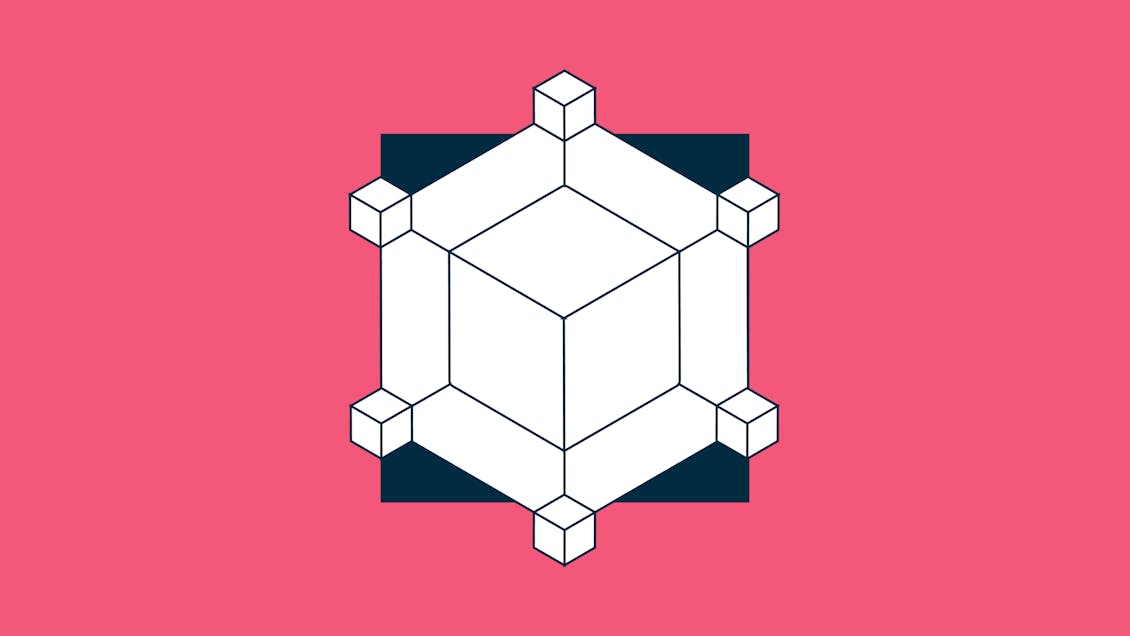What Is Web3 and Why Is Everyone Talking About It

More than just another buzzword, Web3’s possibilities are transformative
Web3 represents such a profoundly fundamental change to how we think about, use, and consume the internet, it required a whole new name. The first version of the public internet was a one-way experience and mostly offered access to static content. It has recently been dubbed Web1. Consequently, the two-way internet we use today, where user data has become a precious commodity, is now known as Web2. The promise of Web3 is that of a network made and fully owned by its users. That lofty vision, however, remains very much a work in progress.
Gavin Wood—a co-founder of Ethereum, the world’s second largest blockchain after Bitcoin—initially coined the phrase Web3 in 2014. A key tenet of Web3 is the blockchain, which allows users to facilitate, verify, and guarantee each and every transaction—without needing the type of centralized network we’ve all grown accustomed to. And let's not forget the NFT craze that brought Web3, the blockchain, and multimillion-dollar JPEG images to the mainstream media.
How Web3 technology is changing the rules
Whereas Web2 has become dominated by massive tech companies, Web3 is designed to cut out the middleman. It’s built to be open-source and can eliminate the need for permission; people who use it can confidently make transactions knowing that contracts and identities have been verified on the blockchain without third parties in the mix. While Google keeps your info on a multitude of servers, Google owns and controls all of those servers. On the flip-side, Web3 transactions also take place across multiple servers (nodes), but the servers are owned by multiple parties rather than Big Tech or government chains. Data is broken, parsed, duplicated, and constantly verified with every block written to the chain.
The rise of Web3 includes a few key pillars: digital ownership, trustless transactions, and interoperability, which allows users to take the things they own and use them across platforms with just a single account. This is best explained by the idea of a wallet, a place for users to interface with Web3 items such as NFTs and crypto.
In Web3, all users operate under the same rules and control their data. Imagine, for example, being able to log into all your digital accounts with a single digital identifier. The dominance of Big Tech creates potential issues around privacy and freedom because this data can be used improperly.
“Over the long term, neither arrangement is compatible with a healthy, open society,” Project Syndicate’s Tomicah Tillemann writes. “But Web3 could provide a third way, by allowing us more control of our digital identities and information, while adding a layer of accountability to help stop bad actors.”
Still, Web3 isn’t without critics.
The amount of energy that cryptocurrency has consumed has become an obvious point of scrutiny in the wake of the climate crisis and increasing pressure on businesses and governments to prioritize clean energy and reduce emissions. In recent months, Ethereum took the bold step of shifting its system for authenticating transactions, dramatically cutting its energy usage by around 99.95%. This move shows how the builders of Web3 are thinking about and addressing criticisms with an eye on more widespread adoption.
Web3: While we wait
While Web3 offers an alternate, and potentially better vision, it’s important to be realistic about timing: While imminent, Web3 isn't expected to overtake Web2 at once. It will more likely be adopted first where new business models can exploit the weaknesses of the current internet. It is looming on the horizon, however, and it’s never too soon for business and tech execs to adapt and prepare given its potential to reshape big industries including finance, health care, and e-commerce. More established institutions will also have to reconsider their roles and future as Web3 gains more prominence.

